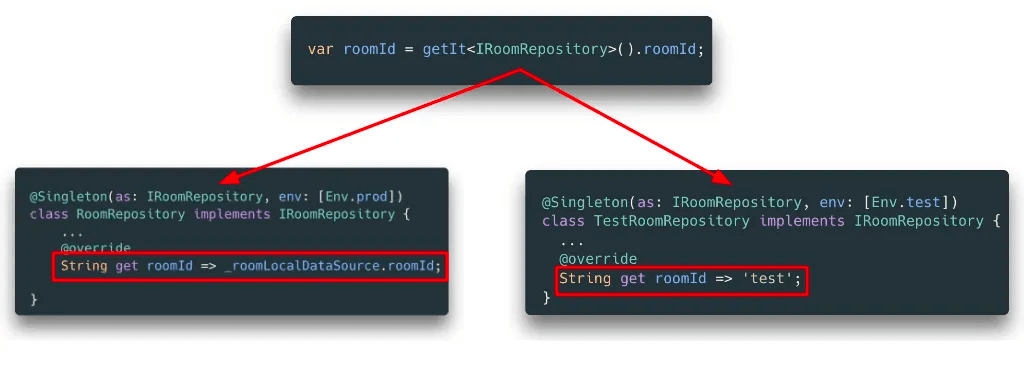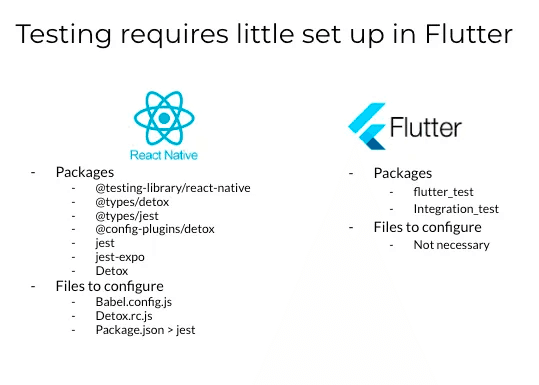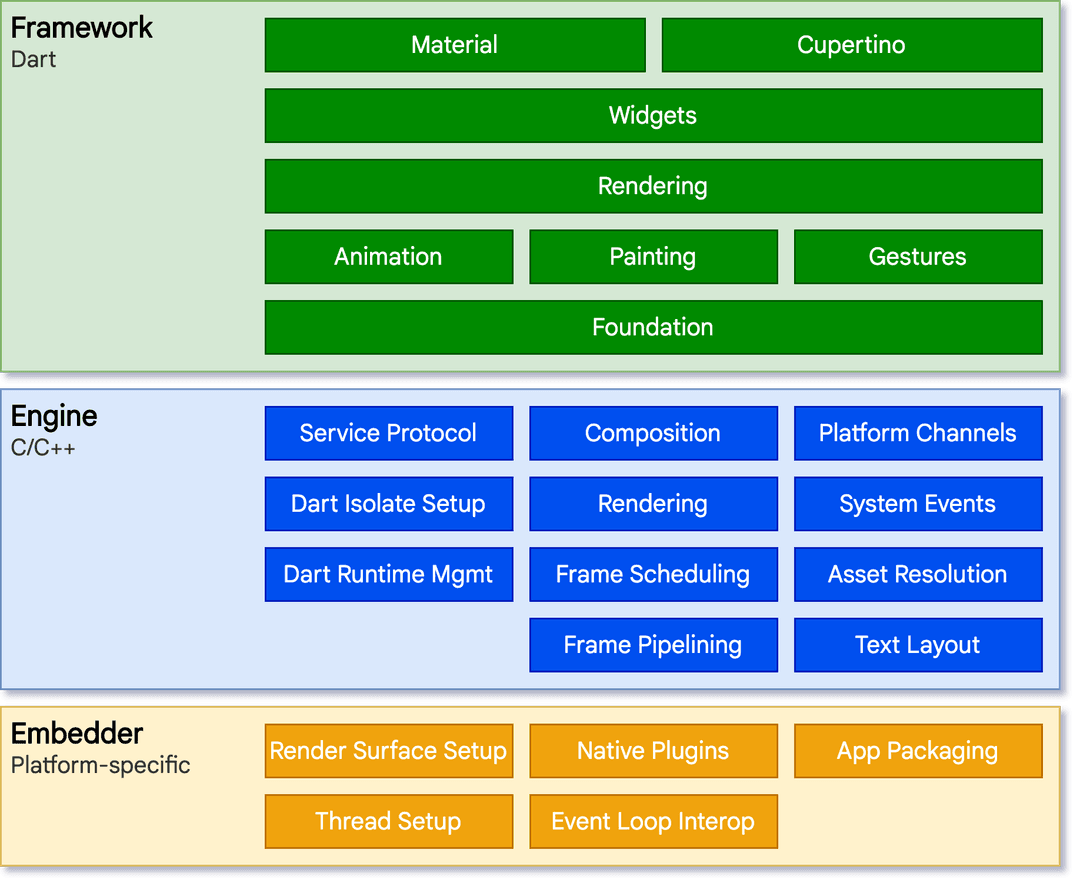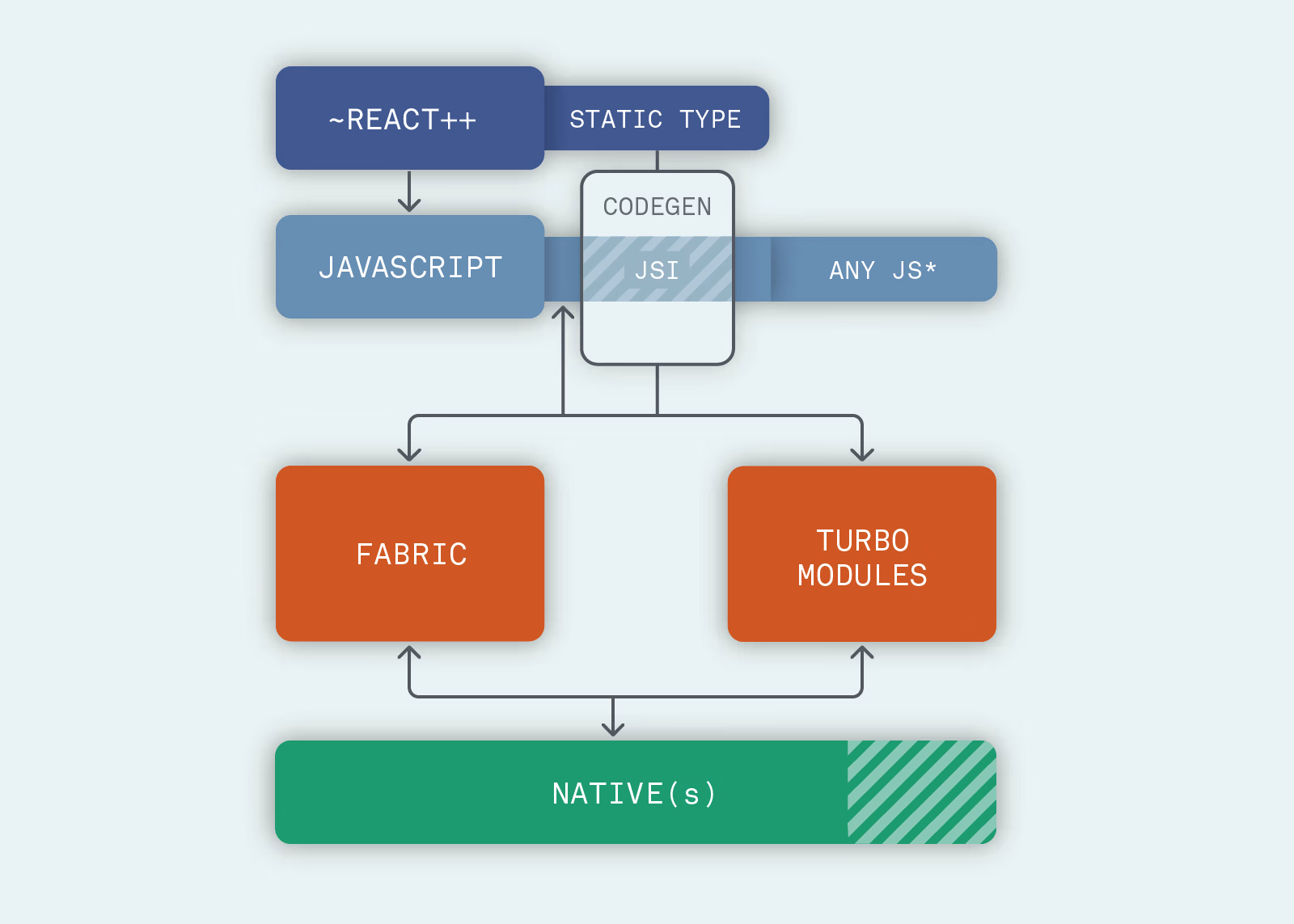Flutter vs React Native - As a Senior Dev
- Authors

- Name
- Justin Kek
- @justin_kek
- Developer @ Theodo Group
- Published on

Table of Contents
This article is a subset of the main article, Flutter vs React Native: A guide from every experience level, which is a high level comparison of Flutter and React Native from different experience levels and some use cases. This article goes into detail on the differences between Flutter and React Native from a senior developer’s perspective, and is meant to support the main article.
As a Senior Dev, what are the tradeoffs between Flutter and React Native?
As a senior dev, factors such as developer experience may become less important since you have acquired the skills, knowledge and tools to work around DevX hurdles. Instead, the questions you may be concerned about can extend beyond the goals of your organisation and team, and into your personal goals as well:
- How can the framework help my team work faster and smarter?
- Which framework will have higher job stability?
- Which framework has a higher skill ceiling so that I can continue to grow?
Flutter Wins: Dependency Injection, E2E testing, UI standardisation
Flutter has robust Dependency Injection (DI) tools
There are several dependency injection tools you can use in Flutter which allow you to provide classes with their dependencies automatically (think React Native’s Contexts API but on steroids). Dependency injection is critical for keeping code loosely coupled and promoting testability, and DI tools can help to reduce boilerplate and dev time in setting it up.
This is not to say that dependency injection is not possible in React Native or JS:
- InversifyJS is a widely used dependency injection tool, although you might find some bugs trying to use it with Expo.
- Manual dependency injection is also possible with React.useContext (see code example). The only expense to this approach is the cognitive load needed to manually implement this.
E2E testing works out of the box with Flutter
The following image shows the difference in the number of packages and files you need to configure in React Native and Flutter.
There are fewer packages to install and files to configure — most of what you need works out of the box in Flutter, which reduces set-up time when starting new projects. Additionally, fewer dependencies also mean that testing bugs are easier to resolve, and because Flutter tests run in the same environment as the main app, you don’t get node version issues.
Flutter standardises UI behaviour on different platforms and devices
Because Flutter uses its own rendering engine and canvas, there are certain advantages that it has over React Native, which uses native components.
Flutter provides consistent shader and text performance between iOS and Android
Native Android text and shader components are less feature-rich and more buggy as compared to iOS, so this can result in inconsistencies in components between iOS and Android when using React Native.
Flutter provides predictable keyboard management between iOS and React Native
Keyboard handling is notoriously difficult in React Native. While Android and iOS provide several tools and approaches to manage keyboard interactions, there is variability and inconsistency across different devices and versions. Combining this with poor React Native documentation means that trying to implement basic behaviour can get hacky.
Flutter provides a single, consistent API for keyboard management, which is well-documented and easy to use. This means that developers can spend less time debugging and more time building features. However, this can be a double-edged sword, as it can lead to some non-functioning edge cases, e.g. double tapping does not select text on iOS.
Visual bugs in Flutter are not platform or device-dependent
Because Flutter uses its own rendering engine to draw UI components, bugs that occur are also not device or platform-dependent. This uniformity is a significant advantage, especially when dealing with a diverse ecosystem of Android devices with varying characteristics. Developers can be more confident that a UI that looks and works well on one device will look and work similarly on another, reducing the time and resources spent on debugging and testing across multiple devices.
React Native Wins: Packages and native components
There are more JS packages than Dart packages
As mentioned before, the number of JS packages far outnumber Dart packages. This not only includes packages contributing to user features but developer packages as well, e.g. env var syncing and code generators.
Subjective: Job Stability, Skill Ceiling
Job Stability
When you are a senior developer, you may be at the age where you have dependents or liabilities, and job stability becomes a more important factor in your decision-making process. A few questions to consider for job stability are:
- How many job opportunities are there for Flutter vs React Native?
- Is there a trend in popularity for Flutter vs React Native from the perspective of companies looking to hire?
- Have there been any recent announcements from companies that they are moving towards/away from Flutter or React Native? What were their reasons for doing so?
The answers to these questions are subjective to the individual, time frame and market conditions, so it is important to come to your own conclusions based on your research.
Skill Ceiling
As a senior developer, you may be looking to grow your skills and knowledge, and you may be wondering which framework has a higher skill ceiling. I would say that in both frameworks, the skill ceiling is high enough to keep you engaged and learning for a long time, but the difference lies in the areas of focus.
On the business-focused side,
- Flutter and React Native will both allow you to work with native code
- Flutter will allow you to work with OOP concepts, while React Native will allow you to work with functional programming concepts
- React Native will allow you to tap into the vast ecosystem of JS, while Flutter will allow you to work with Dart, which is a more modern language
On the lower-level side, if you intend to contribute to engineering the framework, Flutter and React Native offers different challenges:
- Flutter consists of the
- Flutter framework, which is written in Dart and provides elements for you to build your app
- Flutter engine, which is written in C++ and provides the rendering, I/O and other low-level services
- Flutter embedder, which is written in native code to run the engine on any platform
- React Native consists of the
- React Native framework, which is written in JS and provides elements for you to build your app
- RN Fabric Renderer, which is written in JS and native code and allows native components to be rendered
- RN Turbo Modules, which is written in JS and native code and allows JS and native code to communicate with each other
You can read more about Flutter's architecture here and React Native's architecture here and here.
Both frameworks have their challenges and will allow you to develop transferable skills that can be applied to other frameworks and languages. A few questions to consider when deciding which framework to learn are:
- What are my personal goals?
- Does Flutter or React Native align more with my personal goals?
- How can I use this to my advantage?
Conclusion
We've covered the differences between Flutter and React Native from a senior developer's perspective, which can be summarised as:
- Flutter excels at dependency injection, E2E testing, and UI standardisation, which will help your team work more efficiently.
- React Native excels in the amount of packages available, which means someone else has probably already solved the problem you are facing, saving dev time.
If you're interested in learning more about the differences between Flutter and React Native from different experience levels, as well as some use cases for each framework, check out the main article, Flutter vs React Native: A guide from every experience level.




